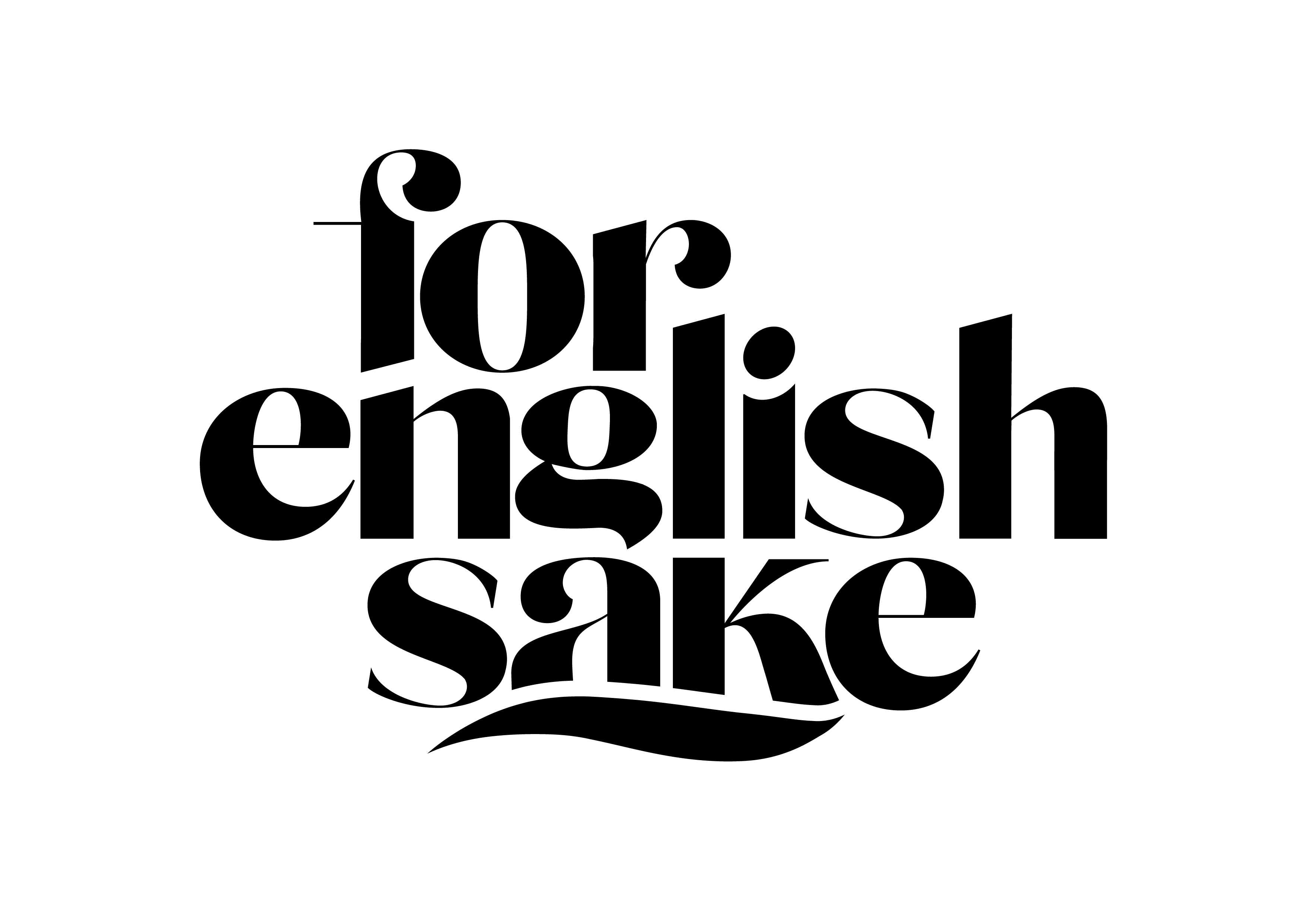”Since even before Gutenburg set his first press books have been banned in different countries and for many different reasons. From the 8th Century A.D. to the 21st Century, still infamous, surprising, challenging and banned from public consumption.”
It has been decided that certain books shouldn’t be read or taught to children. Some are seen to be offensive. Immoral. Full of violence and challenge against the political system. Provocative. In some cases, the book can’t even be sold.
Personally speaking, banning books sends the message that because you don’t like something, no one can/should use it in society. What if we study especially from ”dangerous books”? We learn to be better. To avoid mistakes. Not repeat the murky part of the history.
”Every year, during the last week of September, a major event is held that promotes the freedom to read. Banned Books Week brings together librarians, educators, publishers, and readers who unite to draw attention to the harms of censorship.
On the website of American Library Association you can read more about Banned Books Week, find the list of frequently challenged books, download promotional materials, and report a book challenge.”
Most books are banned in an attempt to “protect” readers but is that really true? Discuss this idea with your students!
Lesson plan
Levels: B2-C2
Lesson Idea: discussing banning books throughout the history
Objectives: activating students’ vocabulary, creating lists of pros&cons, presenting students’ opinions, practicing linking words
NOTE: If you work with more than 1 student, while studying infographics you can order pairs/groups and give different materials to study. Students can compare and exchange the information.
I use linking words to enrich their ideas.
Enjoy 🙃

